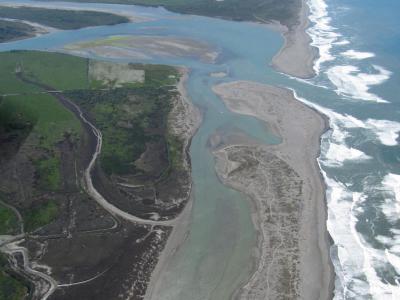Salmonid Health: Effects of Parasites and Pathogens
Session Coordinator:
Cynthia LeDoux-Bloom, Ph.D., AECOM
The purpose of the session is to learn about the current status of important viral, bacterial, and parasitic pathogens and their physiological and behavioral effects on Pacific salmonids. Specifically, Infectious Hematopoietic Necrosis Virus, Renibacterium salmoninarum, Myxobolus cerebralis, Ceratonova shasta (aka Ceratomyxa), Ichthyophthirius multifiliis, and other emerging pathogens will be addressed. Topics include stress associated pathogenesis from trapping, handling, tagging, holding, transport, poor water quality conditions, drought, climate change, and pathogen-host relationship imbalances.
Presence and Prevalence of Parasites and Pathogens in Pacific NW Salmonids
Cynthia Le Doux-Bloom, Ph.D., AECOM
An Outbreak of Ichthyophthirius multifiliis in the Klamath and Trinity Rivers in 2014 with Updated 2015 Results
Michael Belchik, Yurok Tribal Fisheries Program
Ceratonova shasta: Timing of Myxospore Release from Juvenile Chinook Salmon (Oncorhynchus tshawytscha)
Scott Benson, Humboldt State University.
Ceratonova shasta Disease Impacts on Juvenile Chinook Salmon in the Klamath River Basin: Perspectives from a 10 year Fish Health Monitoring Program
Kimberly True, U.S. Fish and Wildlife Service
A Conceptual Plan to Remedy Major Fish Pathogens in the Klamath-Trinity Basin
Joshua Strange, Ph.D., Stillwater Sciences
Panel Discussion- Linking Salmonid Health and Restoration Planning
Overall fish health has been identified as a critical factor affecting population fitness across every salmonid life history stage; however, recovery efforts rarely prioritize disease diagnoses, prevalence, or prevention. The results of very expensive, large scale habitat restoration efforts aimed at salmon recovery can be superseded by unknown and unstudied microscopic infectious agents and organisms.

